Get PeakVisor App
Sign In
Search by GPS coordinates
- Latitude
- ° ' ''
- Longitude
- ° ' ''
- Units of Length

Yes
Cancel
Share ×

Scan the QR code and open PeakVisor on your phone
❤ Wishlist ×
Choose
Delete
Vatican City, officially Vatican City State, is a small landlocked country within Rome, Italy. Home to under 500 residents, Vatican City is the smallest city-state in the world and is ruled by the Pope, the head of the Catholic Church. One named peak in the country, Mons Vaticanus, stands 83 m (272 ft) tall with 16 m (52 ft) of prominence.
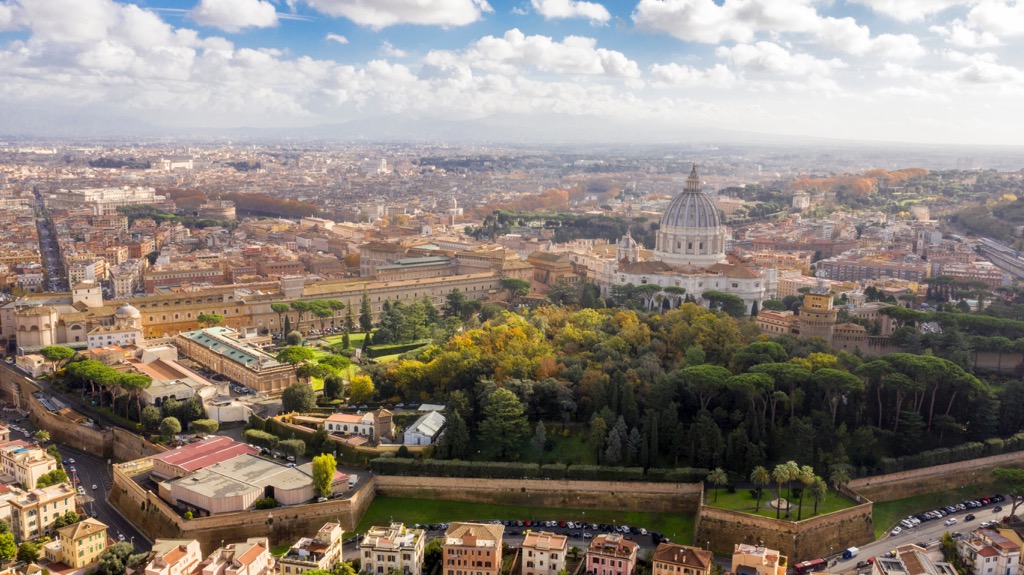
Vatican City is an enclave within the city of Rome, Italy. This independent country spans just 49 hectares (121 acres) and has an estimated population of under 500 residents.
The miniature city-state lies on Vatican Hill. The geography of Vatican City centers around the major buildings of the Church, including St. Peter’s Basilica, the Sistine Chapel, the Vatican Museums, and the Apostolic Palace.
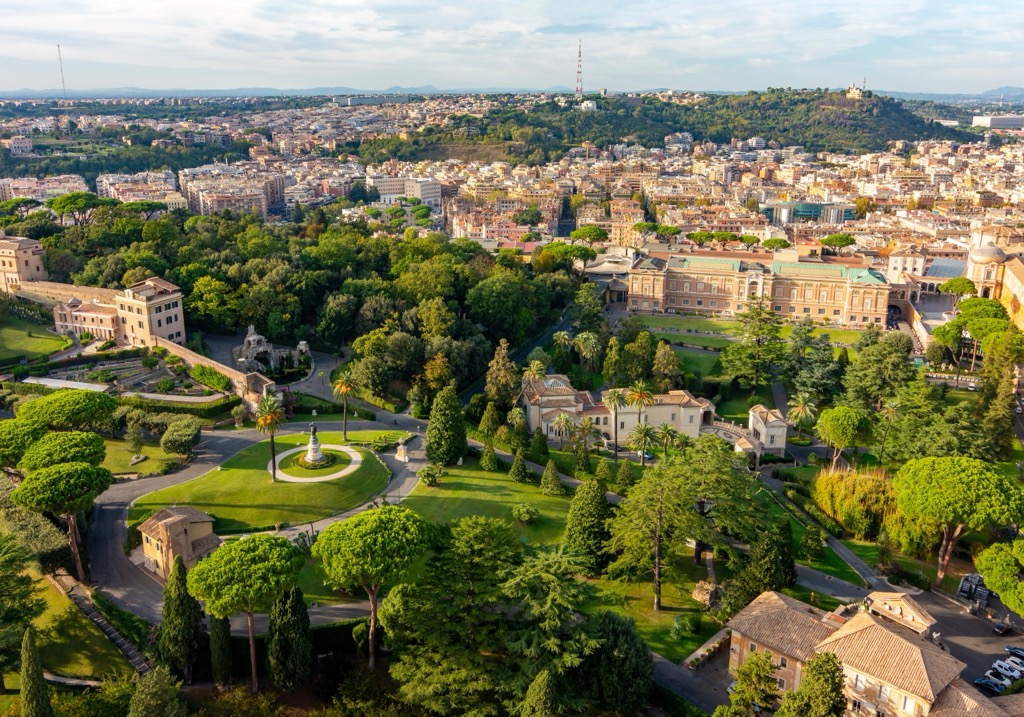
Walls surround much of the Vatican, and St. Peter’s Square is the main entrance into the country. A white line drawn across the square marks its border with surrounding Italy. The significant buildings are located in the eastern half of the “city.”
Manicured gardens and small buildings dominate the western half of the Vatican. Various pathways connect these gardens, while numerous fountains are scattered throughout the grounds.
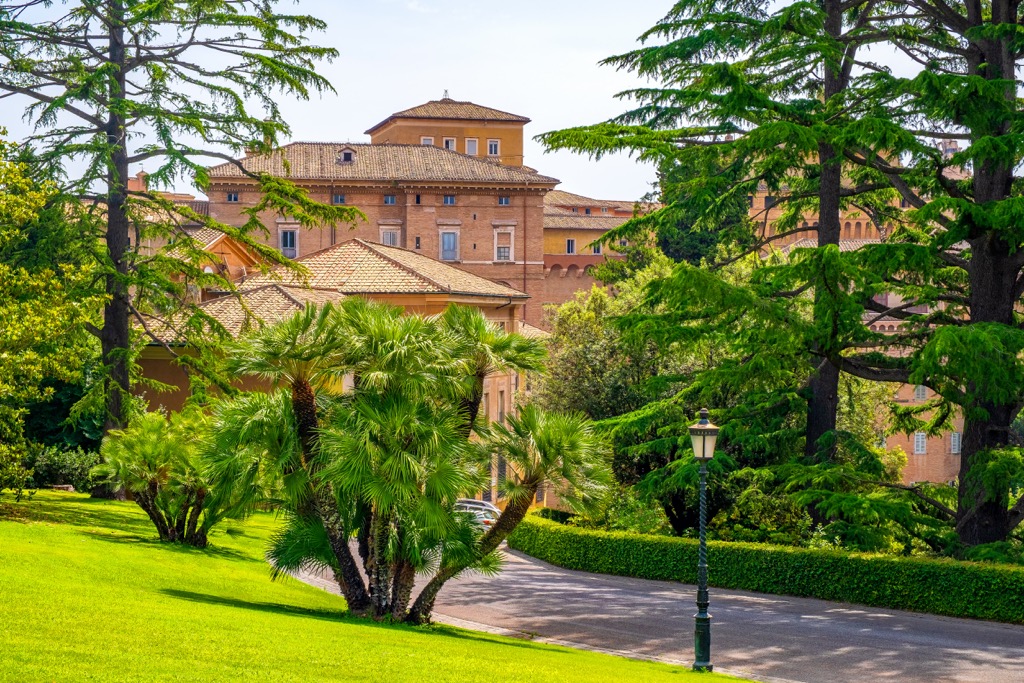
There are no designated hiking trails within Vatican City. Those visiting Rome can also visit the Vatican and walk around the grounds, while entry to some buildings costs a small fee. In Rome, just west of the Vatican, lies the Monte Mario Nature Reserve, with numerous hiking trails. To the southwest lies the Riserva Naturale Valle dei Casali.
The geological history of Vatican City is deeply intertwined with the geology of surrounding Rome. A principal geological feature of the region, and much of Italy’s peninsula, is the Apennines, which span nearly 1,000 km (621 miles).
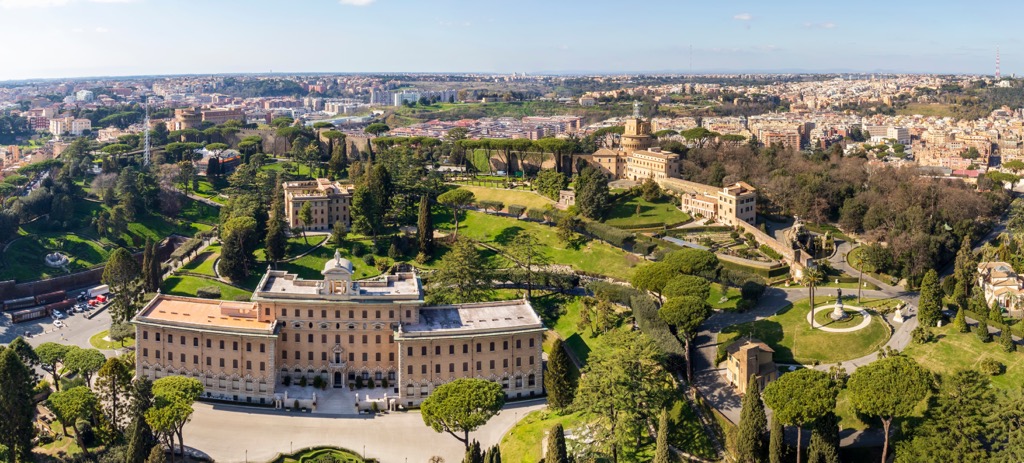
This range was formed by sedimentary rock deposited by ancient sea beds. Once buried, these deposits were put under immense heat and pressure due to tectonic and volcanic activity.
Around 20 million years ago, this immense pressure forced the range upwards to its current height. Despite their proximity to the Alps, the Apennines are geologically distinct. The Po Valley in northern Italy separates these two major ranges, while the valley subsides at a rate of 2-3 mm (0.1 inches) per year.
The Tiber River runs through Rome and has exposed sandstone and mudstone, contributing to the geological knowledge of the region. Past volcanic eruptions created the plateaus surrounding the city.
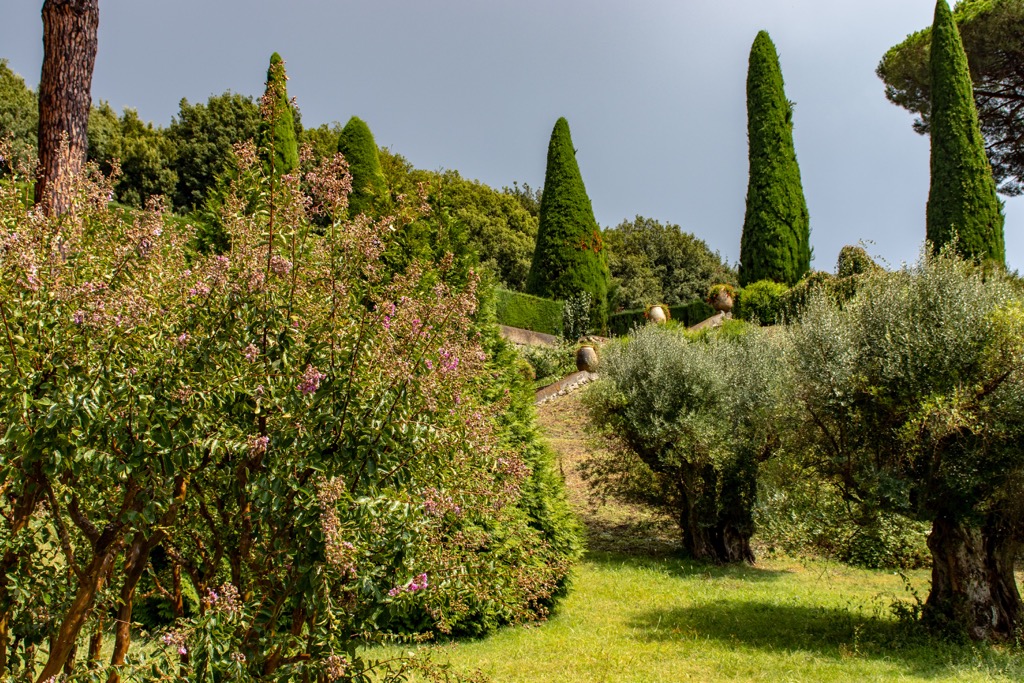
Due to the urban nature of the Vatican, the country does not feature any distinctive fauna. Manicured gardens comprise nearly half of the city, with no sections of unmaintained landscaping. Plants traditionally growing in the surrounding region include various grass species, caper, thistle, knapweed, and cypresses.
Species introduced during the Roman Empire include lentils, pine nuts, grapes, apples, dates, olives, plums, and other edible plants.
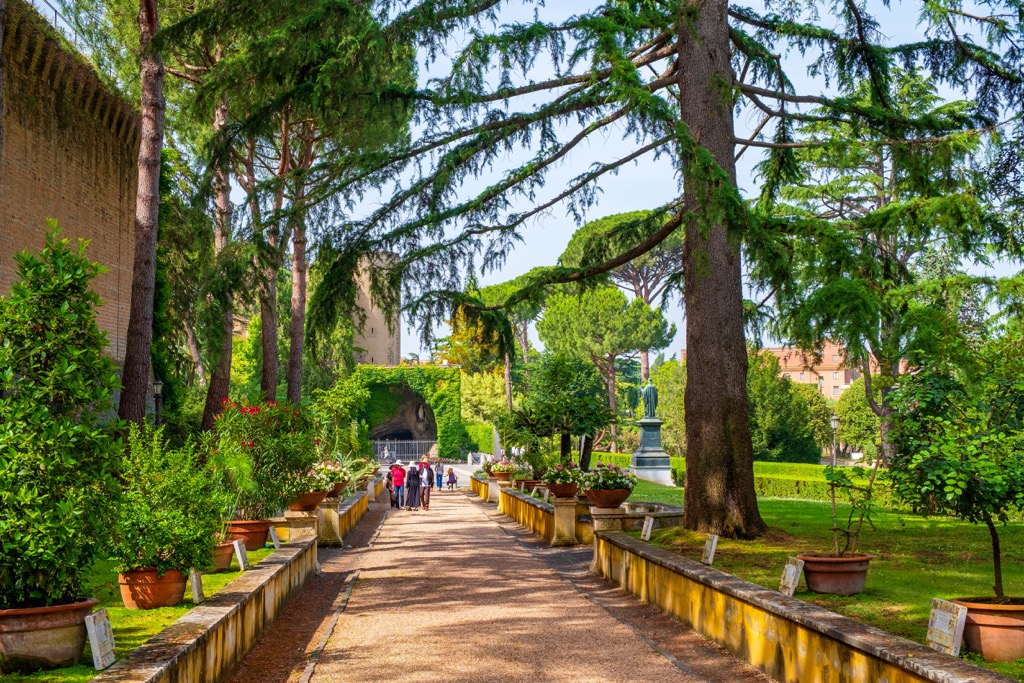
Vatican City’s history dates back thousands of years. The name “Vatican” was used for another region of Rome during the Roman Republic. Agrippina the Elder first cleared the region of present-day Vatican City to build gardens during the first century AD.
The Romans eventually constructed the Circus Gaii et Neronis or Circus of Nero. Circuses were a venue for horse and chariot racing and one of the Roman culture's main entertainment centers. Although it was put into disuse after a couple of hundred years, the Circus survived mostly intact until 1450, when it was demolished to make way for St. Peter’s Basilica. The Vatican Obelisk is the final standing piece of the Circus of Nero and is in St. Peter’s Square.
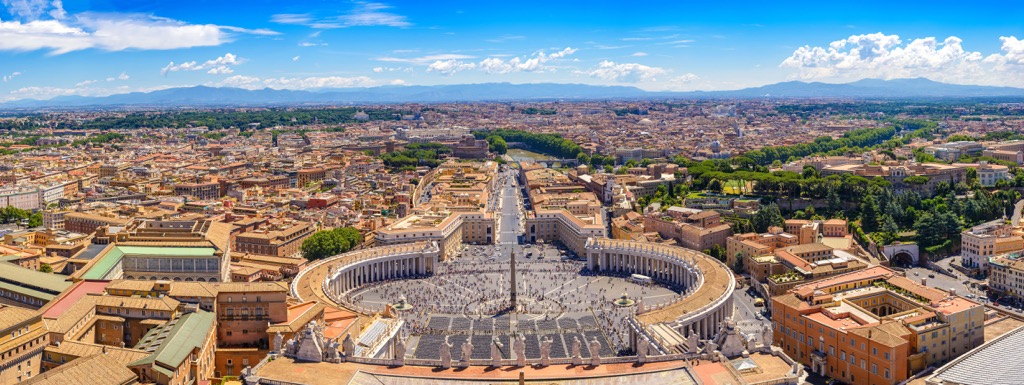
Throughout the middle ages, Popes maintained a secular role as governors of the surrounding region of Rome. In addition to acting as the supreme leader of Christianity, the Pope governed the Papal States. These territories once covered a large portion of the Italian peninsula, and it was not until the mid-nineteenth century that the Kingdom of Italy seized control of this land.
Popes lived in the Lateran Palace on the other side of Rome for centuries, followed by the Quirinal Palace in 1583. Following the unification of Italy, the church began inhabiting the Vatican, while their previous residence became the residence of the King of Italy.
Rome was annexed by the Kingdom of Italy in 1870, and the Holy See, also known as the jurisdiction of the Pope, was left up for questioning until 1929. The Lateran Treaty of 1929, between the Holy See and the Kingdom of Italy, officially established Vatican City as an independent state. During World War II, Vatican City remained a neutral territory and was spared from bombing.
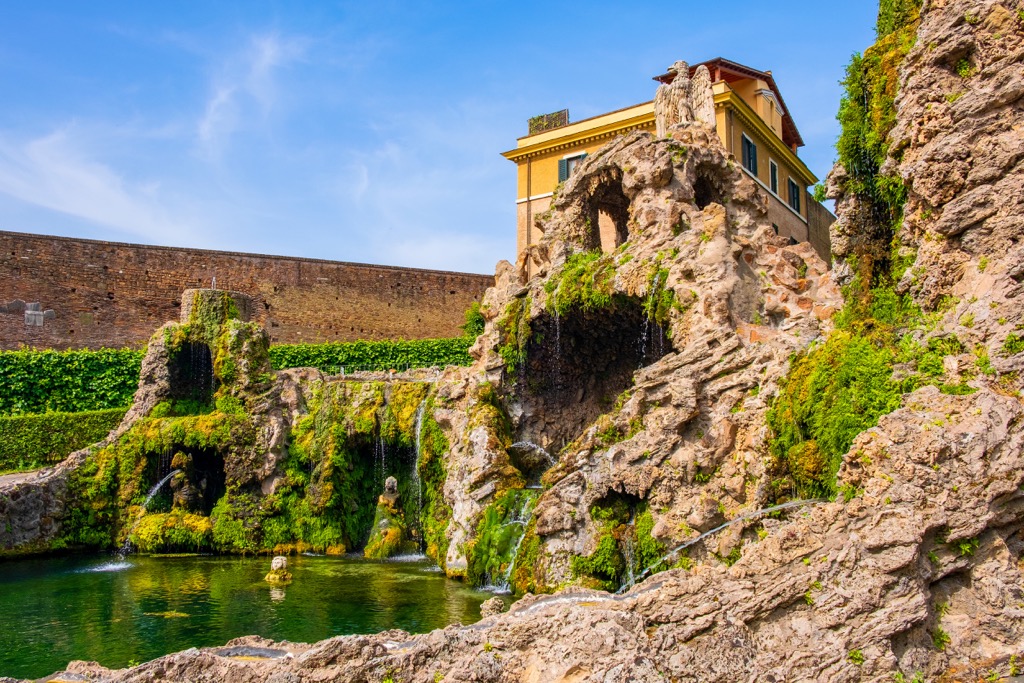
There are no designated hiking trails in Vatican City. Visitors can explore the maintained gardens or nearby protected regions surrounding Rome. Below are a few popular routes to check out on your next visit:
The Vatican Gardens encompass much of the western half of Vatican City. This loop route begins at the Vatican Museums before passing through the Pontifical Academy of Sciences, the Aquilone Fountain, the French Garden, the Lourdes Grotto, the American Garden, the Porta Petrusa, the English Garden, and Torre del Gallinaro. The loop route is 3.2 km (2 miles) long and features 63 m (206 ft) of elevation gain.
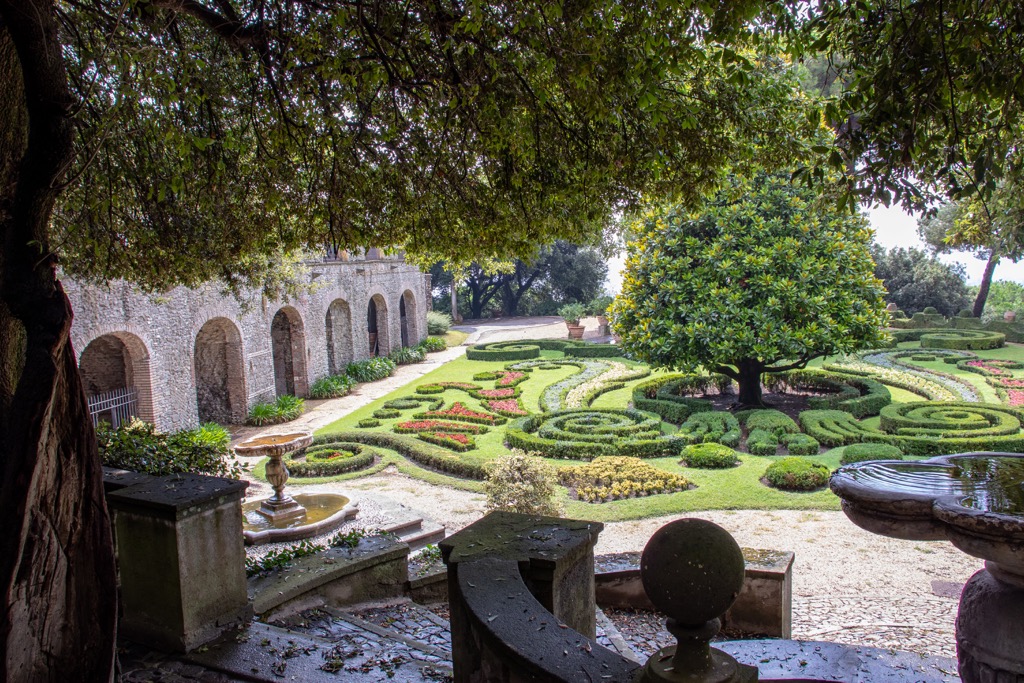
The Pineto Urban Park, featuring numerous hiking trails, is situated west of Vatican City. This park is the second largest in Rome and features a lush and forested landscape. Throughout the loop, hikers will have views of Vatican City and Rome, seasonal wildflowers, and shady paths. This loop is 10 km (6.2 miles) long and features 219 m (718 ft) of elevation gain.
This loop lies in the Monte Mario Nature Reserve northwest of Vatican City. The route winds through the forested hillside, passes the French Military Cemetery, and offers views of the Olympic Stadium. Hikers have numerous viewpoints to look out over Rome, Vatican City, and the Tiber. This loop is 15 km (9.4 miles) long and features 500 m (1,637 ft) of elevation gain.
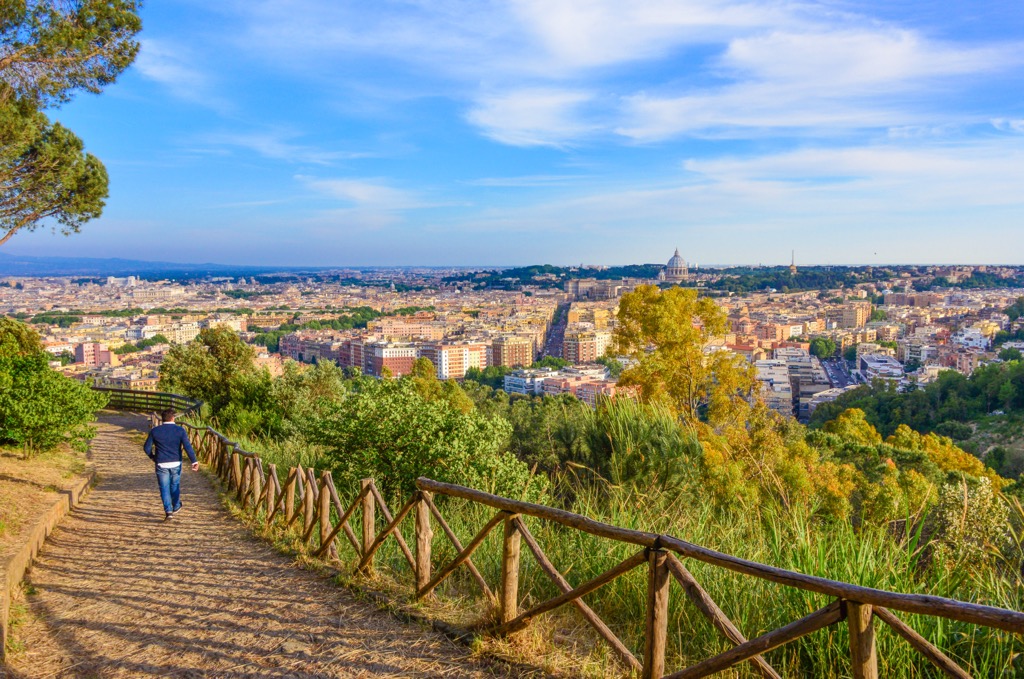
Looking for a place to stay in Vatican City? While there are limited, difficult-to-book accommodations within the walls of Vatican City, accommodation is easy to find in surrounding Rome.
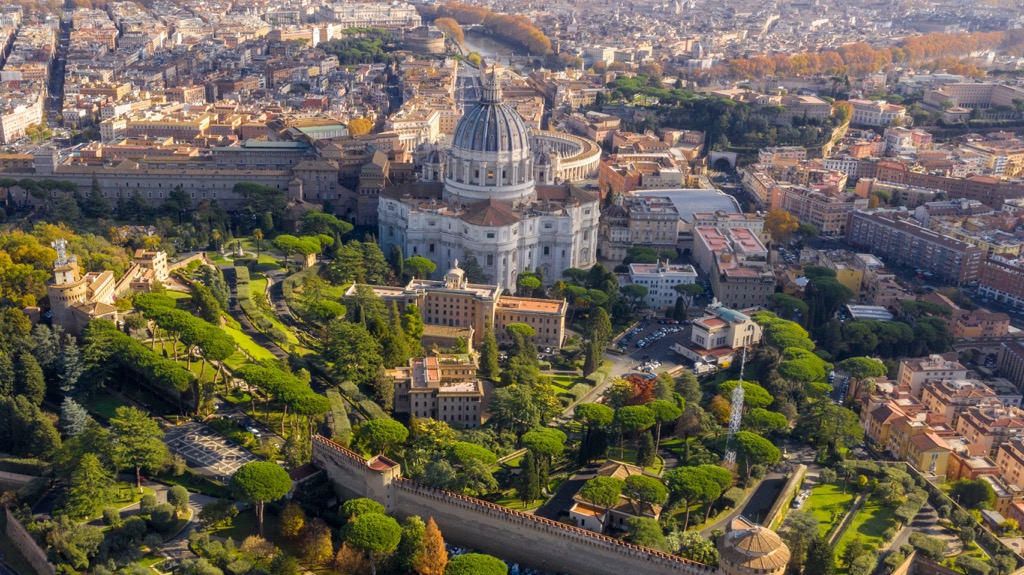
Rome, the capital city of Italy, surrounds Vatican City. The city was the center of the Roman Empire throughout its rule over much of western Europe and northern Africa. Rome is home to some of the world’s most iconic tourist destinations, including the Colosseum, Trevi Fountain, Pantheon, Roman Forum, Piazza Navona, and the Spanish Steps.
Rome is the most visited city in Italy, with over 10 million annual visitors. The metropolitan area is home to 2.8 million residents, making it the most populated region in the country. With over 28 centuries of history, Rome is brimming with endless historical landmarks, museums, and stories. Besides the Vatican Museums, Rome is home to the Musei Capitolini and the Galleria Borghese.
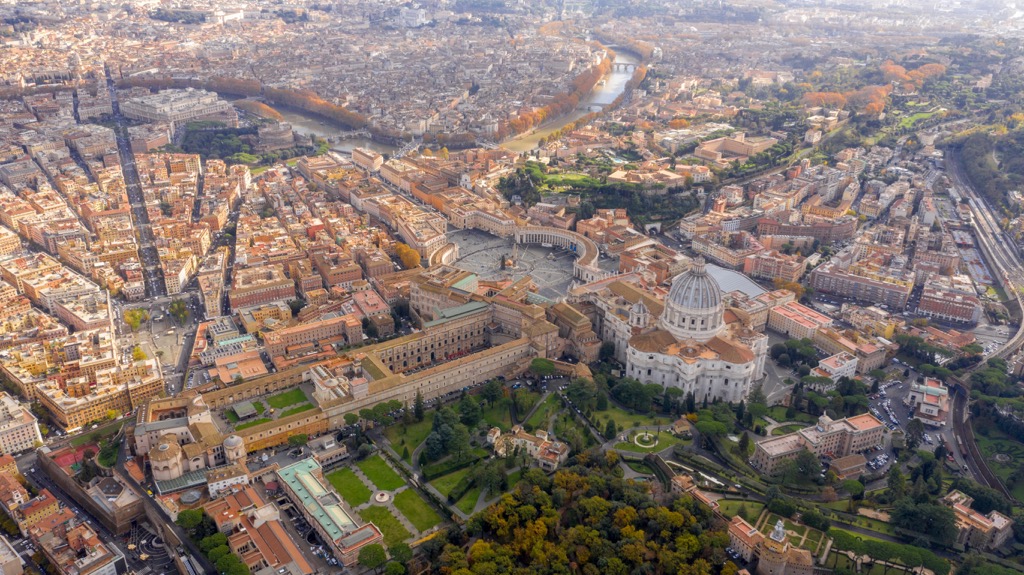
Explore Vatican with the PeakVisor 3D Map and identify its summits.








